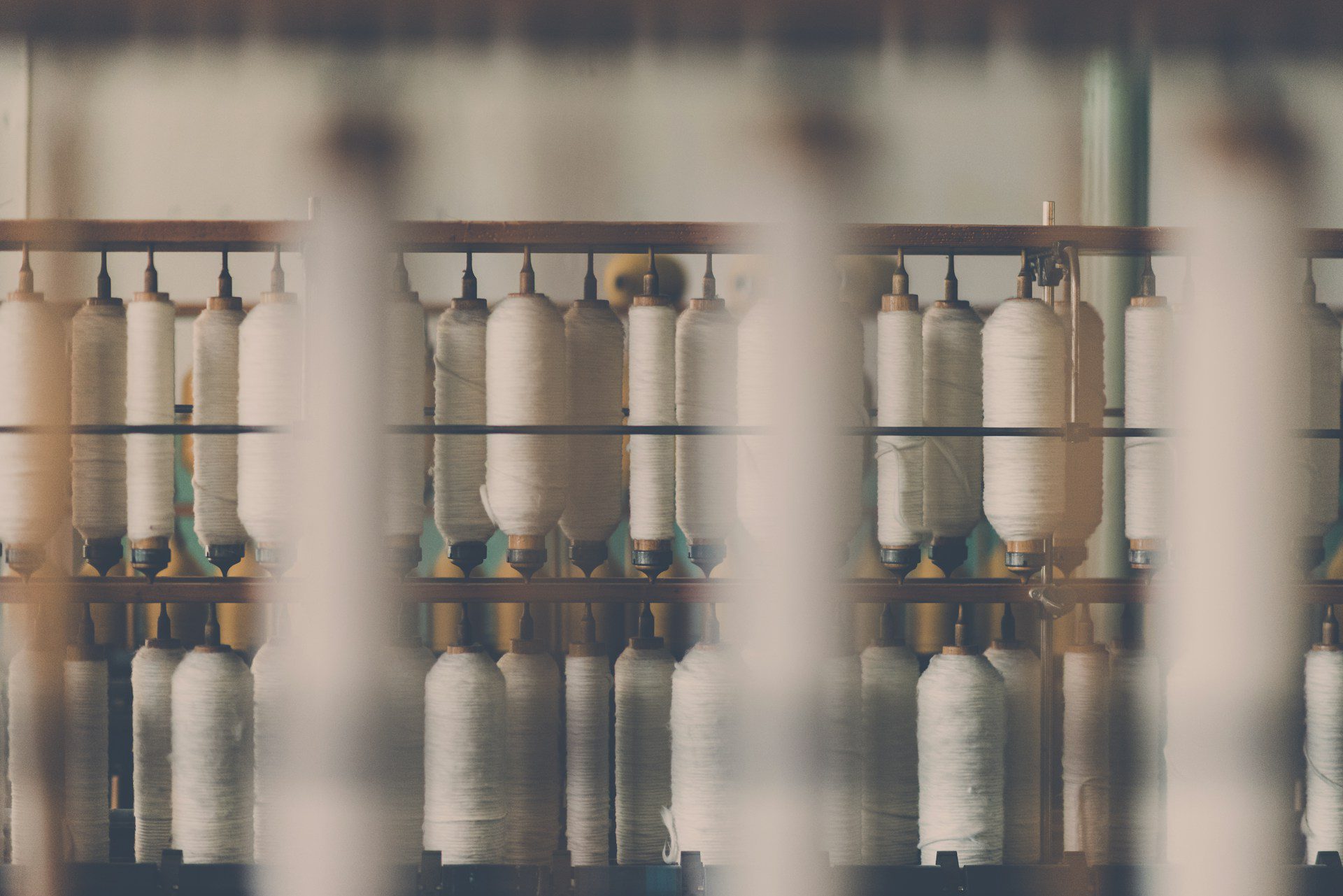
These Retailers Sell Turkmenistan Cotton Despite Forced-Labor Ban
Major American retailers continue to hawk products made with cotton from Turkmenistan despite a long-standing U.S. Customs and Border Protection ban over findings of state-enforced slave labor in the Central Asian nation.
A search on the websites of Kmart and Overstock.com on Monday turned up hand and bath towels described as containing “100% cotton imported from Turkmenistan.” Several listings on eBay tout “Turkmen linens.”
“We’ve called attention in op-eds and direct advocacy engagement to the problem of e-commerce sites failing to do the due diligence on their suppliers and selling products that are otherwise banned from import into the U.S. for sale to U.S. consumers,” Allison Gill, forced labor program director at the Global Labor Justice-International Labor Rights Forum, said at a webinar organized by human-rights coalition the Cotton Campaign on Monday.
She noted that writing to the offending retailers might get the products temporarily taken down, only for them to rear their heads again sometime later.
“This points to the need for stronger enforcement of the existing import prohibition as well as strengthened due diligence requirements and accountability measures including penalties on companies that knowingly and willfully violate laws against forced labor,” Gill said.
